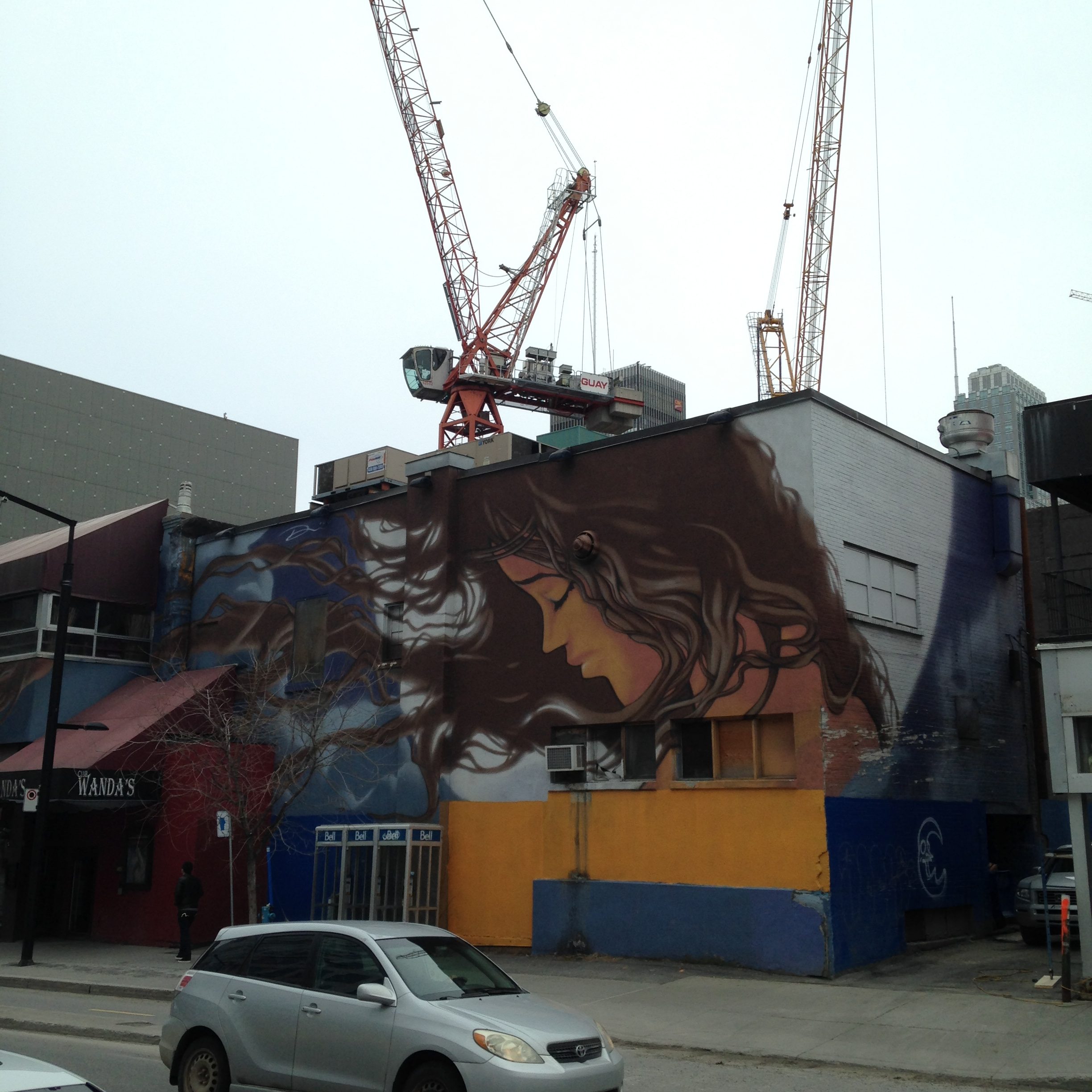Tomorrow I’ll be giving a talk with Astrid Swenson (Brunel University) on Researching time, the senses and the urban
In this paper we discuss the ways in which we can access methodologically the diverse and multiple timescapes that converge or conflict in the urban to produce a particular sense of place in the contemporary city. We will draw on two research projects to illustrate the multiplicity of temporal narratives, practices, and ideologies which operate at different speeds and intensities in areas of urban change and how to research how they are expressed through the built environment, policy practices and everyday life.
First, we will be drawing on a case study of a street in Barcelona to discuss a theoretical approach to timescapes of urban change. Focusing on the neighbourhood of el Raval, we will explore how the organisation of time can be theorised in areas that have been experiencing long time regeneration processes. While the making of urban space is the materialisation of the passing of time, and time and space are the forces that frame and shape urban capitalist economy, there has been a distinct prioritisation of space over time in the analysis of new urban spaces. This has often led to a ‘fixity’ of space in the analysis of urban regeneration, with studies focusing on a moment in time rather than viewing urban redevelopment as a long term and historical process and place-making as a temporal practice. We argue that urban redevelopment processes need to be analysed over time and across various temporal-spatial layers such as the global, local and personal realms.
Secondly, to illustrate how to research these temporal processes along and across time, we will draw on a project that has brought together both academics and urban professionals (architects, urban planners, museum curators, artists) in three cities across Europe to develop a sensory methodology toolkit. Here we will discuss the considerations, possibilities and constraints that a diversity of inter-disciplinary and cross-professional methods bring to researching historically embedded places from a sensory perspective. In particular we will be suggesting a ‘dialogical approach’ across disciplines and professions to develop methodological frameworks that allow to assess how far the experience of the urban is historically or time specific. We suggest that only through this dialogue we can explore how far methods developed for understanding the present can be applied to historical sources and how, in turn, a greater understanding of the historicity of sensory experiences might lead to a less static approach in the present. Ultimately, in this paper we argue that to understand the time and place specific features that govern sensory-emotional responses to the urban need methods that transcend disciplinary and professional frameworks.
Further information: https://www.kent.ac.uk/secl/classics/news/?view=6462

Streetscene in Montreal, Canada
